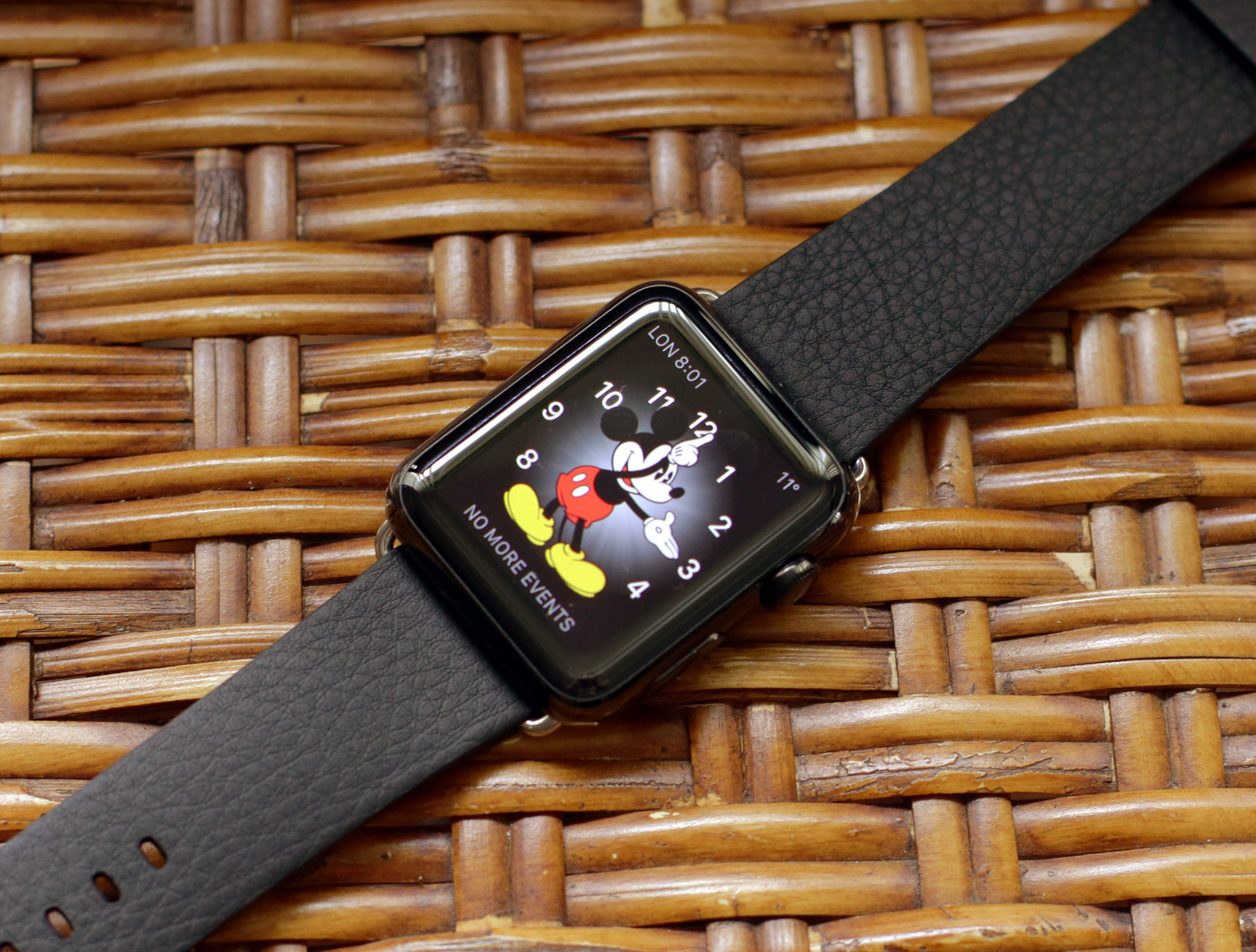Opinion: Apple Watch sales coverage plunges 90% in accuracy

With the iPhone and iPad, Apple issued press releases touting how many units the company sold on launch weekends, sometimes followed up with sales milestones, listed the numbers in quarterly earnings reports, and gave frequent updates during keynotes. Apple used to do the same with iPod, now, no longer. Once in a while, the company has given Apple TV numbers. Apple Watch, however, won't be broken out at all, and for the foreseeable future.
Apple is entering the watch (wearables) market at a different relative point in time to the company's entry into smartphones or tablets. Both of those were long-established product categories where incumbents like Palm, BlackBerry, and Microsoft had been involved for upwards of a decade. No one has been making wearables for that long, and no company is anywhere nearly as established.
In other words, where releasing numbers helped shape Apple's message in mobile, there's no similar advantage in wearables. There's not a decade of existing data to measure success against, and anything Apple releases would be of much greater value to competitors also trying to become established in the same market. (If Apple had it to do it again, given what happened with Google and Samsung, maybe the company wouldn't have released so much information about the iPhone or iPad either? Most of Apple's competitors, after all, provide little to nothing by way of hard numbers.)
So, absent any real data, noise wins out. In this case, noise from Slice, via Marketwatch:
Apple has been selling fewer than 20,000 watches a day in the U.S. since the initial surge in April, and on some days fewer than 10,000, according to data from Palo Alto, Calif.-based Slice Intelligence.That is a sharp decline from the week of the April 10 launch, when Apple sold about 1.5 million watches, or an average of about 200,000 a day, Slice estimates.
How does Slice get this data?
Slice bases its research on electronic receipts sent to millions of email addresses following purchases.
There's no other context provided, so there's no way of knowing how much of the data sampled was U.S. vs. global, for example. Also, the Apple Watch recently went on sale at retail, so how are sales that don't include email accounted for? And what kind of representative sample are "people who let us read their email receipts"? Do they skew towards early adoption? Late adoption? Low end? High end? How does this compare with the sales numbers and curves of other new products and categories, from Apple and the rest of the wearables industry? Faster? Slower? The same? None of that—crucially important—information is presented.
I asked around about the numbers presented, and I couldn't find anyone who considered the numbers accurate, nor the methodology agreeable. Absent Apple disclosure, opinions can and will always vary, but that's another important bit of context that needs to be provided.
iMore offers spot-on advice and guidance from our team of experts, with decades of Apple device experience to lean on. Learn more with iMore!
*Update: I spoke to Slice and they very graciously walked me through their methods. They're measuring U.S. online shoppers, the data is harvested through a few apps, and it does skew towards the more affluent. I also had a chance to ask some question and get some context, which is what—as a reader—I didn't get from Marketwatch. And I really, really should have. *
I'm as curious as anyone to know how many Apple Watches are being sold. I'm curious because it had an April rather than holiday launch, had massive supply constraints, had a limited international rollout that's only beginning to expand, and required potential buyers to already own an iPhone 5 or higher. I'm also curious as to how it's doing compared to other wearables.
But a trite "Apple Watch is doomed!" headline and narrative (complete, alas, with clichéd Steve Jobs quip), absent reliable data and or anything approaching relevant insight, is something I can do without.
It's early days yet on the Apple Watch, but investors may have reason to be cautious.
Sure do, especially about what they choose to read.
Note: The title of this article is a play on the sensationalized title of the article it refers back to. No actual sales coverage was harmed in its formulation.

Rene Ritchie is one of the most respected Apple analysts in the business, reaching a combined audience of over 40 million readers a month. His YouTube channel, Vector, has over 90 thousand subscribers and 14 million views and his podcasts, including Debug, have been downloaded over 20 million times. He also regularly co-hosts MacBreak Weekly for the TWiT network and co-hosted CES Live! and Talk Mobile. Based in Montreal, Rene is a former director of product marketing, web developer, and graphic designer. He's authored several books and appeared on numerous television and radio segments to discuss Apple and the technology industry. When not working, he likes to cook, grapple, and spend time with his friends and family.

